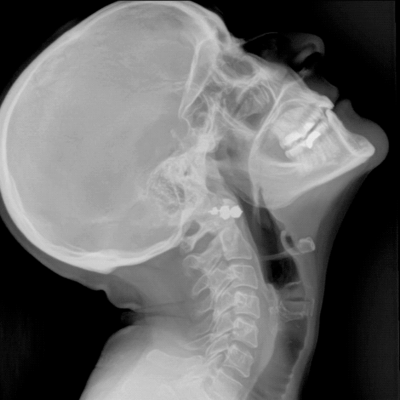
June 6, 2024 — In a landmark study, the latest in technology innovation by Konica Minolta Healthcare was used to develop a machine-learning-based analysis of X-ray imaging that automatically quantifies lung function data. This AI-powered technique provides a reliable alternative to pulmonary function tests (PFTs), which have limited assessment capabilities and can be difficult for some patients with pulmonary disorders to complete. Researchers at the Icahn School of Medicine at Mount Sinai ("Icahn Mount Sinai") used Dynamic Digital Radiography (DDR) data, an X-ray imaging technology developed by Konica Minolta, to create their AI-powered technique that analyzes lung function. The researchers found their AI-based software provides additional quantitative data that may be useful in differentiating pulmonary disorders and a possible marker for treatment escalation, according to findings published online in press in the journal CHEST Pulmonary.
DDR is a next-generation X-ray imaging technique that enables visualization of anatomy in motion. PFTs and chest radiography are both typically utilized for the evaluation of pulmonary disorders and respiratory function; however, these tools offer a static assessment. Also, PFTs provide an assessment without correlating anatomical information and can be difficult for some patients to perform. The addition of DDR provides visualization of dynamic lung function and diaphragm motion, is easy to obtain during normal breathing patterns, and enables a functional evaluation of the interaction between the lungs, diaphragm and heart during a breathing cycle.
“Performing a PFT can be exhausting for some patients and often those with pulmonary disorders may not be able to complete the test,” says Norma M.T. Braun, MD, Clinical Professor of Medicine (Pulmonary, Critical Care and Sleep Medicine), Icahn Mount Sinai, and a co-author of the study. “DDR is a much easier method to capture lung function and it provides more clinical data than PFT alone. As shown in our study, the clinical utility of DDR for pulmonary physiology evaluations is more than just feasible. DDR could also provide a more comprehensive understanding of a patient’s neuromuscular component of ventilatory disorders and many other pulmonary diseases.”
The researchers created an analysis pipeline using a convolutional neural network (CNN) to quantify DDR data in lung areas during normal respiration, maximal inhalations and exhalations. They compared PFT to the DDR-based PFT across multiple data points and found a strong correlation between the two technologies. They also reported the automated DDR pipeline facilitates tracking anatomy, providing lung area-time and flow-area loops analogous to PFT volume-time and flow-volume loops. The researchers said DDR can depict diaphragm motion and respiratory muscle synchrony, making it feasible for longitudinal studies, as a screening tool for pulmonary physiology workup and as a treatment aid, particularly in emergency settings or where a PFT is not feasible or available. The AI-based software developed by the authors for the study is available as an open-source code on GitHub.
“DDR allows capturing of breathing dynamics with relative ease compared to PFTs,” says Thomas John Pisano, MD, PhD, Neurology Resident at the University of Pennsylvania, and co-author of the article. “Using our AI-based software and DDR, we can generate digital PFT's (dPFTs) which might be used as surrogates for pulmonary function testing. We are excited about the ability to deploy this in emergency room, inpatient and intensive care medicine. I'm particularly interested in seeing if it will be helpful for patients with certain neuromuscular diseases such as myasthenia gravis. Unlike with PFTs, our software enables us to generate pulmonary strain plots, comparable to strain echocardiography. We are excited about exploring the utility of pulmonary strain radiography towards diagnosing dyspnea.”
“Konica Minolta congratulates Dr. Mary O’Sullivan, Dr. Valeria Santibanez, Dr. Thomas Pisano, Dr. Norma Braun and their Mount Sinai colleagues on the publication of their study showing the power of machine-learning tools to extract even more clinically useful information from DDR data,” says John Sabol, PhD, Clinical Research Manager, Konica Minolta Healthcare. “Chest radiography is typically acquired in the evaluation of pulmonary disorders. Adding a DDR acquisition to the chest radiograph provides additional functional data beyond a PFT, allowing for quantitative longitudinal studies of physiologic changes over time, and is less burdensome to patients who have breathing issues.”
For more information: https://healthcare.konicaminolta.us


 December 24, 2025
December 24, 2025 









